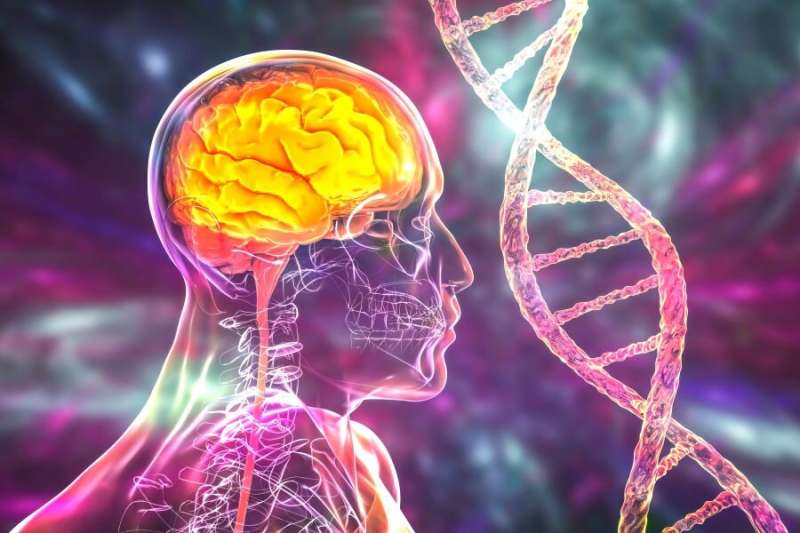Credit: University of Seville
Researchers from the University of Seville and the Seville Institute of Biomedicine (IBiS), in collaboration with the University of Cambridge, have identified a new role for one of the genes related to hereditary spastic paraplegia. This disease is characterized by symptoms such as spasticity, paralysis and/or lack of sensation.
An animal's movement depends on the neurons' ability to transmit signals from the center of the cell (cell body) to narrow projections known as axons. In humans, axons can be up to a meter long. This means that axons that can up to one hundred times longer than the cell body, which would be equivalent to a person of average height making physical contact with someone 100-200 km away.
The achievement of maintaining the structure and function of such long axons requires various communication pathways, whose defects are related to developing hereditary spastic paraplegia. In this disease, the axons of the longest neurons (motor and sensory) suffer from progressive degeneration, typically from the ends furthest from the cell body.
The endoplasmic reticulum is a cellular organelle that shows physical continuity and reaches throughout all regions of the neuron, which is why it has been called a "neuron within a neuron," and genetic mutations that affect its structure are one of the main causes of hereditary spastic paraplegia. However, very little is known about the function of the axon's endoplasmic reticulum and its contribution to neurodegeneration processes.
One of the genes related to the endoplasmic reticulum and hereditary spastic paraplegia is RTN2. The recently-published work, coordinated by Juan José Pérez Moreno, a researcher at IBIS and the US Cell Biology department, explores for the first time the specific role of RTN2 in organizing the endoplasmic reticulum o the most distal part of the axon, the presynaptic region, through which the neuron communicates with other cells (another neuron or a muscle cell).
In this region, the endoplasmic reticulum forms an interconnected network of tubules and cisternae. Using the model organism Drosophila (fruit fly), it has been observed that the gene equivalent to RTN2 entails a specific reduction of presynaptic tubules. These defects do not affect the ability of the endoplasmic reticulum to store calcium, but do affect its ability to deliver calcium into the neuron from outside the cell, which is essential for synaptic function, and which is reduced in animals with impaired RTN2 function.
One calcium uptake pathway is mediated by the endoplasmic reticulum, through contact with the cell membrane. This work has shown that the levels of a specific protein that accumulates on the surface of the endoplasmic reticulum, STIM, correlate with the observed effects; it concludes that the loss of endoplasmic reticulum surface in mutants for RTN2 leads to fewer STIM-mediated contacts between the endoplasmic reticulum and the plasma membrane, and therefore lesser uptake of calcium during neuronal activity.
The results obtained indicate a new mechanism whereby the structure of the endoplasmic reticulum controls the synaptic function, and suggest a possible pathway by which it could cause hereditary spastic paraplegia.
The paper is published in the Apollo—University of Cambridge Repository.
More information: Juan José Pérez-Moreno et al, Research data supporting "Drosophila SPG12 ortholog, reticulon-like 1, governs presynaptic ER organization and Ca2+ dynamics", Apollo—University of Cambridge Repository (2023). DOI: 10.17863/cam.93878
Juan José Pérez-Moreno et al, Drosophila SPG12 ortholog, reticulon-like 1, governs presynaptic ER organization and Ca2+ dynamics, Journal of Cell Biology (2023). DOI: 10.1083/jcb.202112101
Provided by University of Seville
























